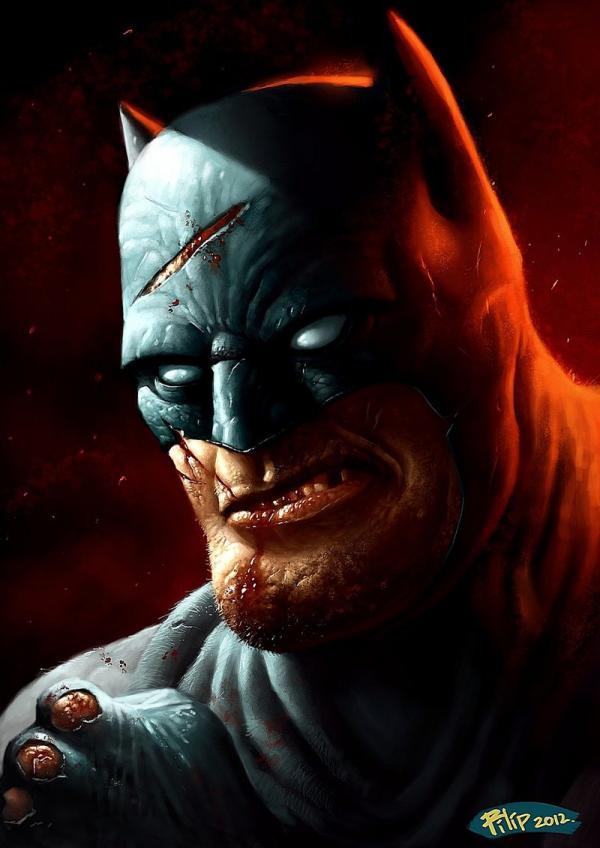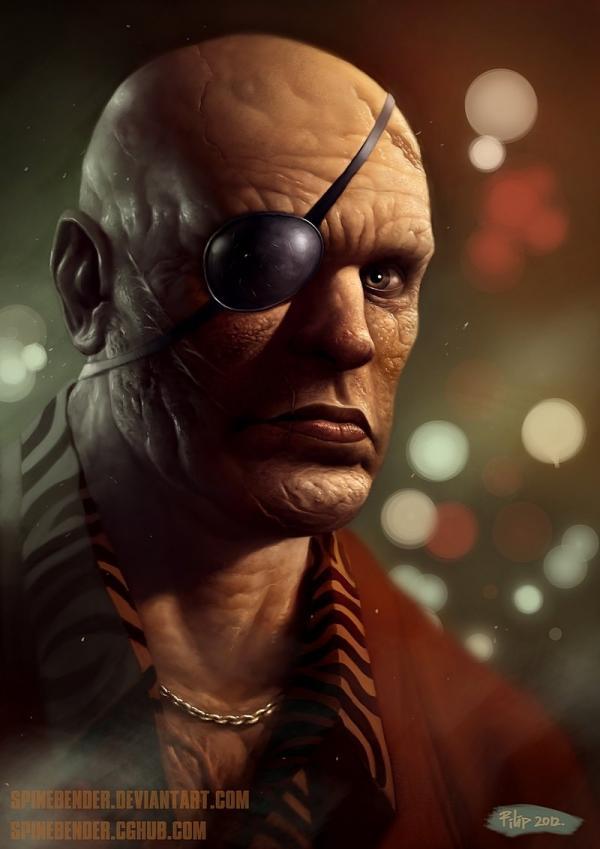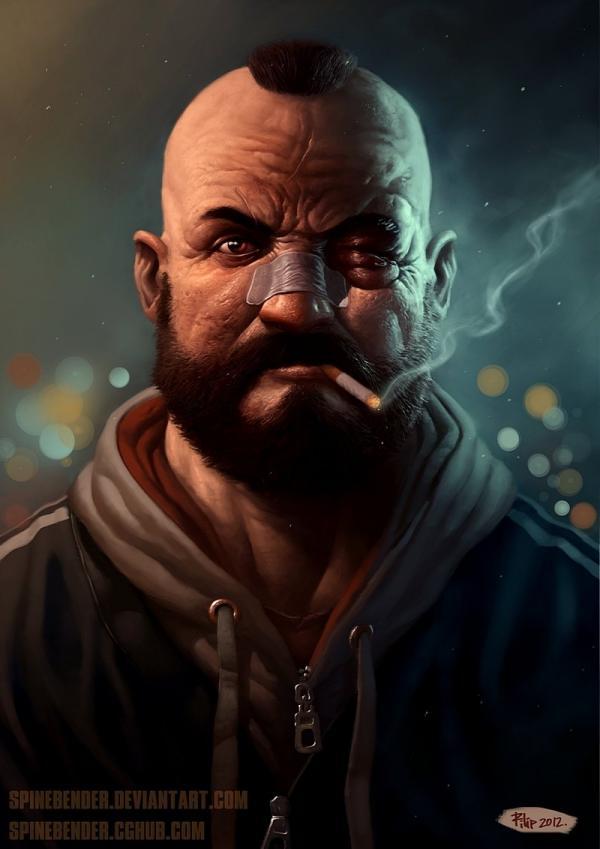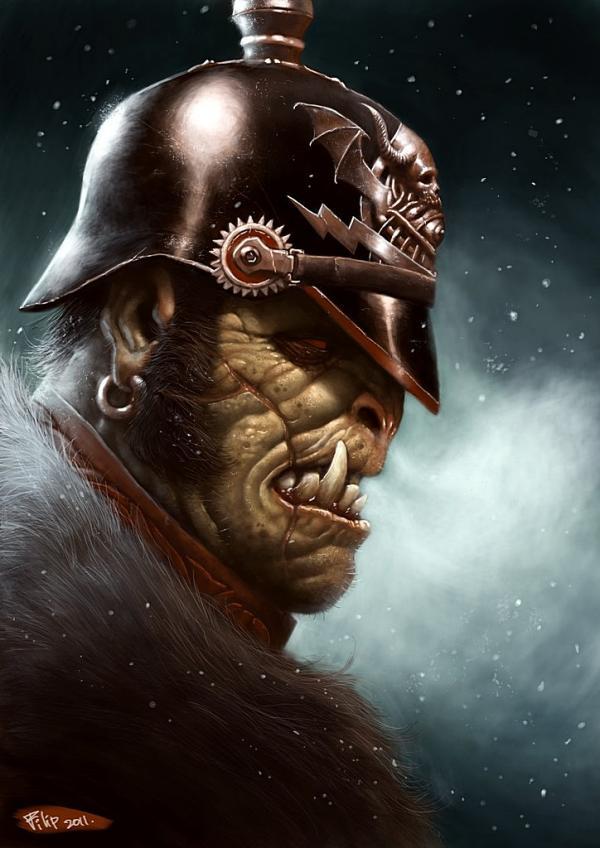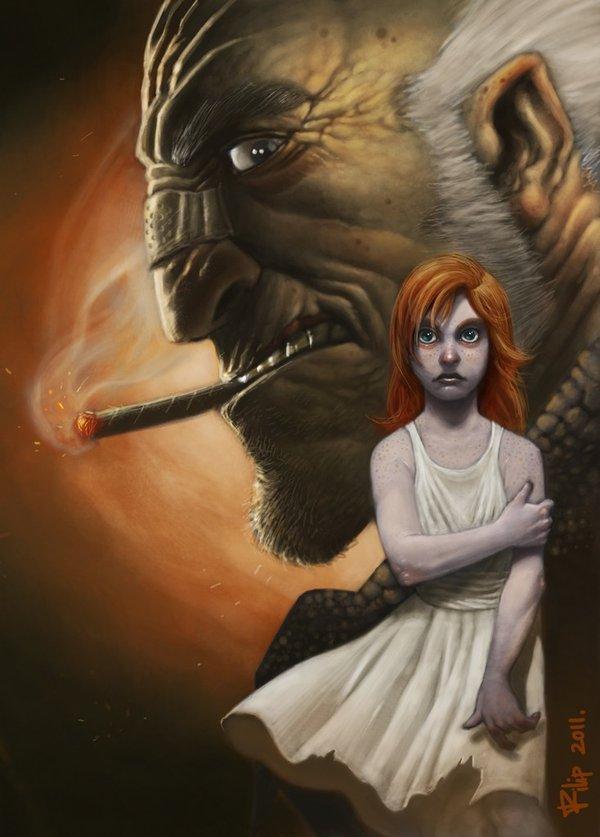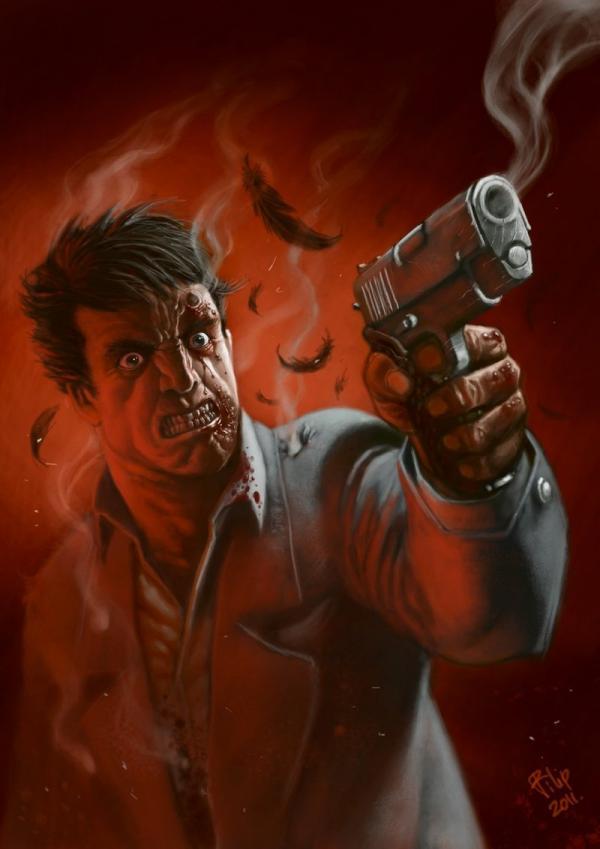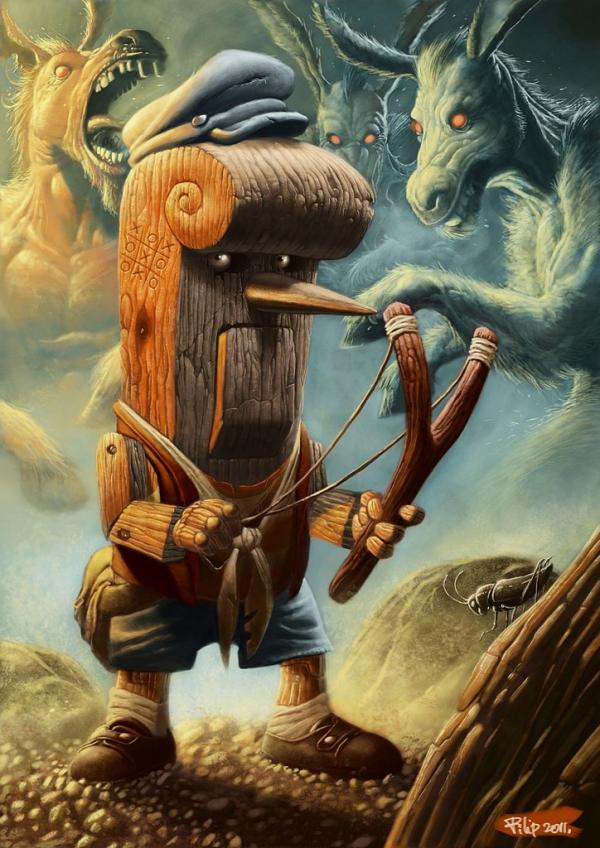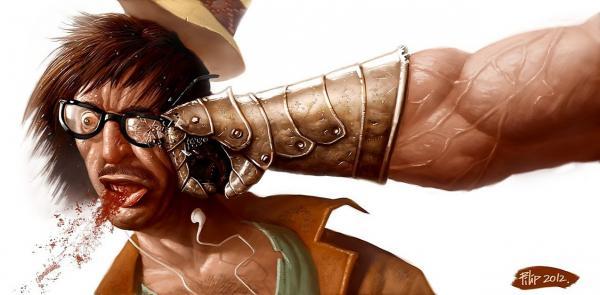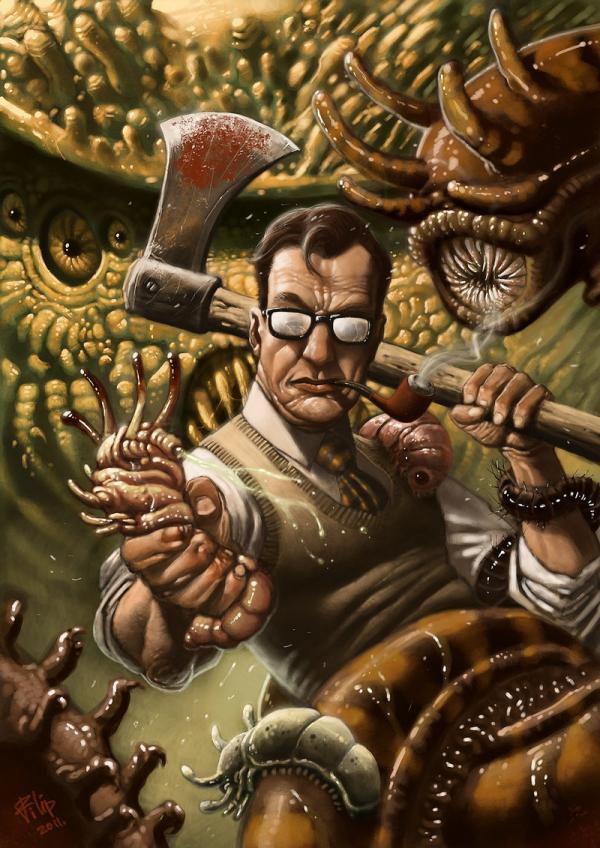By Annalee Newitz
No matter what the topic of conversation, you have something to say about it. I mean, of course you do! You took a lot of history and science courses in college, and you keep up with the latest news — from more than just one source, thank you very much. So what's the question, again? The problem with fracking? Eurozone economic collapse? Sewage in ancient Rome? Something about bee keeping? Yes, you have an answer. And you also suffer from one of the most common geek afflictions in the world. It's called "answer syndrome."
Top image: Shutterstock.com
I first heard of this disorder when I was doing a science journalism fellowship at MIT. A friend and I were talking to a computer scientist who suddenly launched into a long lecture about journalistic ethics. Even though this guy had never even dipped his toe in the journalism industry, he felt that he had answers to all the great ethical quandaries of the profession. Which, of course, he didn't — to an embarrassing degree. After he'd left, my friend turned to me, wrinkled her nose, and said simply: "Answer syndrome." I knew immediately what she meant.
Answer syndrome is the affliction of the hyper-educated, the detail-oriented, the obsessive, and the internet-saturated. It plagues people whose highly technical and specialized knowledge means that they often spend their days explaining things to people who have no idea what they are talking about. That computer scientist at MIT, for example, could have told you things you never even knew you wanted to ask about PGP encryption. People with answer syndrome get used to having all the answers. And then . . . they don't know when to stop.
Answering is a terrible addiction. It starts out with little things, like dropping a few bits of (correct) trivia you gleaned on Wikipedia about the history of the term "free market." But then it snowballs, and suddenly you're flailing wildly, convincing yourself that it's perfectly legitimate to inform everyone about how Adam Smith really wouldn't qualify as a capitalist today. After all, you know that it's true. How do you know? Well, it seems right. Based on what you've read, which by now seems to encompass several books, because after all the people who wrote the Wikipedia entry on free markets cited hundreds of sources — plus, there was that economics book you read that included a section on Smith. So surely that means that you have absorbed the relevant knowledge from at least a dozen sources.
At this point, you're in denial. At some deep level, you realize you don't really know what you're talking about, but you convince yourself otherwise. Answer syndrome, at its worst, is a form of self-delusion. But like all the most potent delusions, it's founded on truth. In the information overload age, we all know a little bit about everything. We've read a zillion headlines. And because we're human, we have opinions about stuff we're pretty hazy on. The person who suffers from answer syndrome, however, takes it to the next level. That person feels as if he or she is qualified to be an expert with all the answers — usually, as I said earlier, because he or she genuinely is an expert in one or two topics already.
Think of answer syndrome as a geek defense mechanism. It's hard to emerge into the real world from that cozy place of highly technical information where you know absolutely everything and people revere you as an answer god. Because in the real world, you don't actually know everything about the underlying mechanisms that control culture, the economy, and matter itself. Still, it's hard to admit where your expertise stops and uncertainty begins. You may have figured out which streets in your city have timed lights, but that doesn't mean you know why timed lights work (or don't), nor what the optimal route is from Point A to Point B in every possible region of the world.
It's frustrating to discover things you'll never be an expert at when you're a genius at writing algorithms to discover novel properties of the transcriptome, or analyzing the structural properties of concrete, or figuring out how to explain 500 million years of planetary evolution to people who didn't even realize Earth was once a giant ocean bubbling with speciating graptolites. And you know what's even more frustrating when you're a genius? Talking to people who presume to give you the answer to something! Especially something that you know, secretly, is way outside your area of expertise.
That frustration, my friends, is where all those answers come from when your mouth starts running faster than your knowledge base.
Is there a cure for this disease? Something that prevents you from shutting down conversations and making real experts think you're an idiot? Frankly, I don't know. Just ponder the wonder of that phrase for a minute — I don't know. Start every day by practicing it. Say it to yourself in the mirror in the mornings. What is the perfect razor for taking off the hair without leaving shaving wounds? I don't know. What is the historical reason why the Greek parliament is such a mess? Dunno. How did they film the shawarma scene in The Avengers? No freakin idea. What triggers mitosis? Nobody knows! And neither do you! So shut up!
The sooner you can ask — instead of answer — the more of a genius you'll really be.





 Kills
Kills










